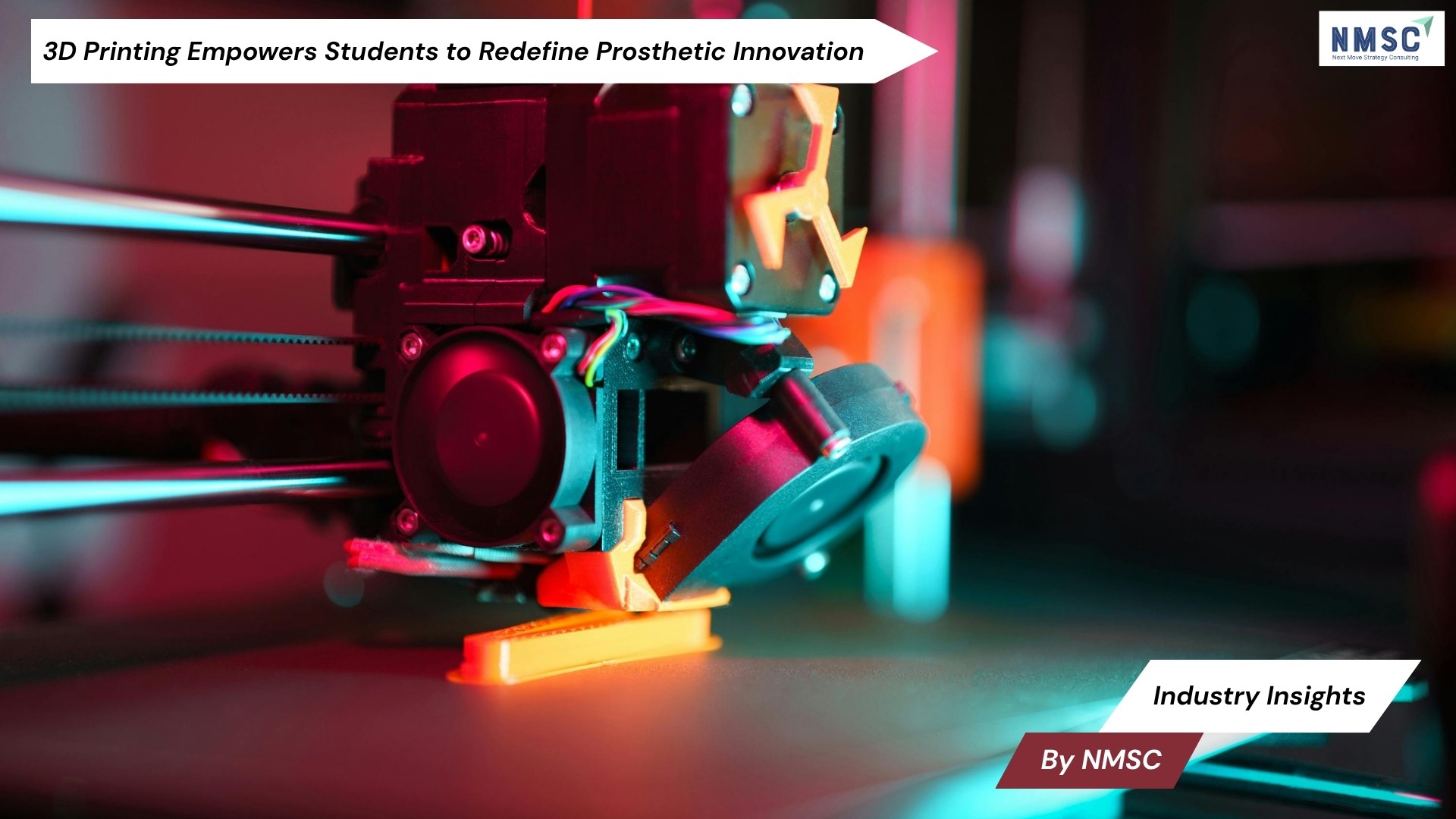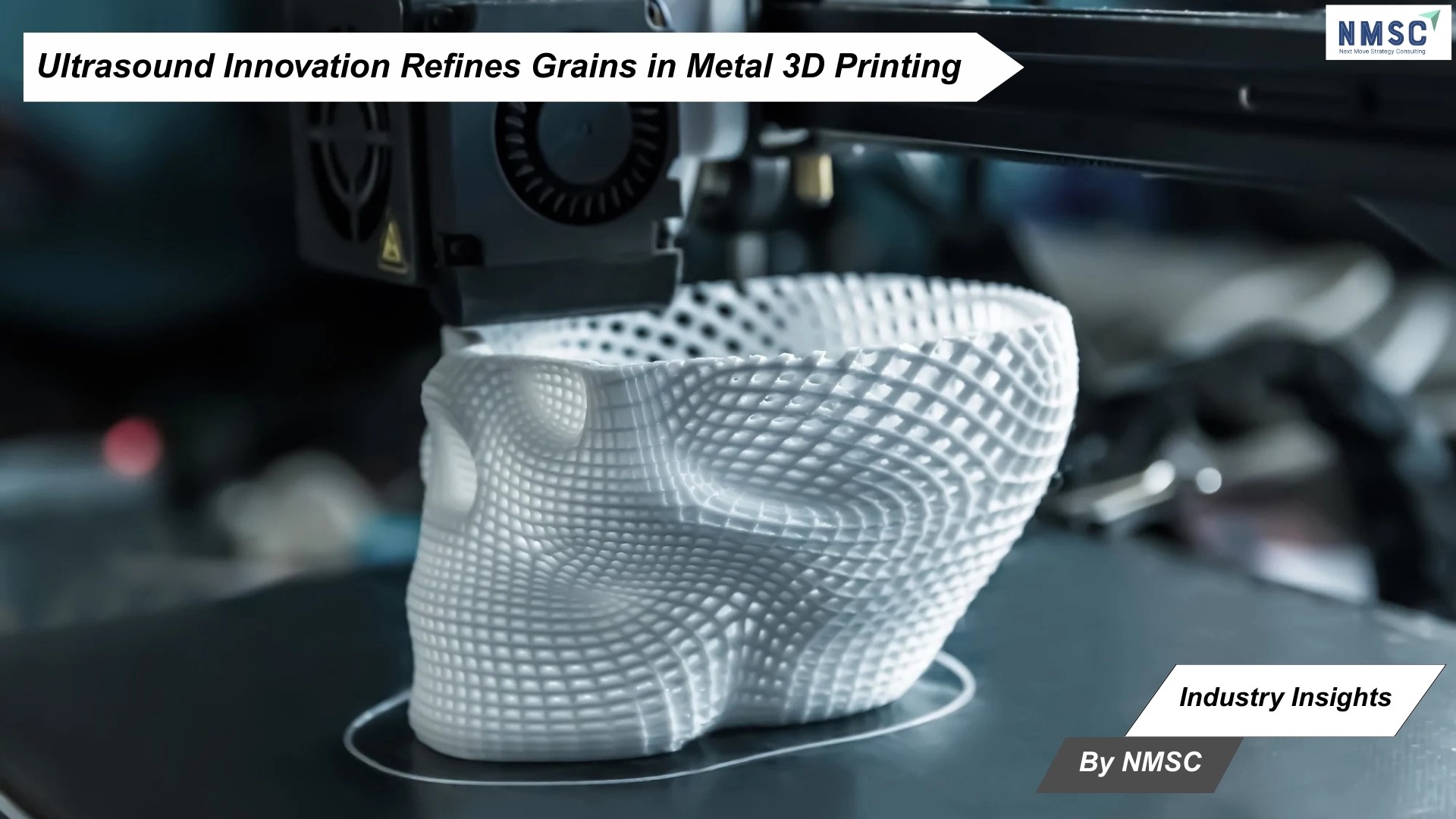Russia Eye Tracking Market is Expected to Reach USD 108.9 Million by 2030
Published: 2025-02-24
Growth in R&D Initiatives by both public and private entities in advanced technologies is driving the growth of the Russia eye tracking market demand during the forecast period.
Russia Eye Tracking Market size was valued at USD 18.6 million in 2023, and is predicted to reach USD 108.9 million by 2030, at a CAGR of 27.5% from 2024 to 2030, according to new research by Next Move Strategy Consulting.
The Educational institutes and research centers in Russia are increasingly focusing on research and development programs in eye-tracking technology, thereby driving its adoption across multiple industries such as automotive and healthcare.
For instance, collaborative efforts by researchers from Novosibirsk State University, Saint Petersburg State University, and St. Petersburg Federal Research Center, who developed the Operator EYEVP dataset for fatigue detection based on eye movements, heart rate data, and video information. This dataset, designed specifically for truck drivers, involved collecting data from 20 drivers who operated vehicles for 8 hours daily over 5 days.
Utilizing this dataset, a machine learning model was developed to detect fatigue in real-time, achieving an impressive accuracy of 92.5%. Such advancements not only hold promise for enhancing road safety by alerting drivers to take necessary breaks but also underscore Russia's growing role in advancing eye-tracking technologies through innovative research initiatives.
Moreover, Russian military embraced advanced eye-tracking technology by integrating specialized glasses to actively monitor and address soldier fatigue in real-world field scenarios. These sophisticated glasses analyse intricate eye movements, offering precise detection of early signs of fatigue among military personnel. This capability not only provides crucial insights into the physical and mental states of soldiers but also plays a pivotal role in enhancing operational safety and effectiveness.
By continuously monitoring eye movements, the technology alerts commanders to potential risks associated with fatigue, enabling timely interventions such as rest breaks or adjustments in operational tasks. This proactive approach not only mitigates the risks of accidents caused by exhaustion but also optimizes mission readiness and performance.
Furthermore, the integration of eye-tracking technology underscores Russia's commitment to leveraging cutting-edge innovations for military applications, showcasing advancements in enhancing soldier welfare and operational efficiency in dynamic field environments.
However, the proliferation of alternative technologies, including gesture recognition, unimodal methods, and multimodal activity recognition, emerges as a significant restraint on the growth of the eye tracking market. Gesture recognition, for instance, employs mathematical algorithms to interpret human gestures, enabling device control through simple movements.
This technology is particularly adept at recognizing emotions conveyed through facial expressions, hand gestures, and body language. In sectors such as consumer electronics and gaming, where the ability to predict user behavior is paramount, these alternative technologies offer valuable insights that extend beyond the capabilities of traditional eye tracking. Consequently, the availability and adoption of such alternatives hinder the Russia eye tracking market growth potential by providing competitive solutions that cater to diverse user needs and preferences.
On the other hand, the swift integration of eye-tracking technology across various sectors, including augmented reality (AR), virtual reality (VR), lie-detection systems, and cognitive testing, is poised to unlock significant opportunities within the eye tracking market.
This technology plays a crucial role in enhancing image clarity and reducing eye strain in AR and VR applications, thereby elevating user engagement and comfort levels. This technology benefits from natural stimuli and controlled data collection, making it a dynamic field driven by startups and investments from tech giants such as Apple, Google, Facebook, and Samsung.
For instance, in March 2022, Mojo Vision announced a new advanced prototype of its AR smart contact lens Mojo Lens. The prototype includes various new hardware features and advanced technologies such as advanced display, communications, eye tracking technology, and a power system embedded into the lens. It allows users to access timely information quickly and discreetly without forcing them to look down at a screen.
Request for a Sample PDF on the Russia Eye Tracking Market
Several key players operating in the Russia eye tracking industry include Tobii, Smart Eye AB, Lattice Semiconductor Corp, Ogilvy, Seeing Machines Limited, AVSimulation, Lumen, Eyetech Digital Systems, Inc., EyeTracking, Gazepoint, Eyegaze, Eyeware Tech, SR Research Ltd., Pupil Labs, and Irisbond Crowdbonding, S.L. and others.
Key Insights from the Russia Eye Tracking Market Report:
-
The information related to key drivers, restraints, and opportunities and their impact on the Russia eye tracking market is provided in the report.
-
The value chain analysis in the Russia eye tracking market study provides a clear picture of the roles of each stakeholder.
-
The market share of players in the Russia eye tracking market is provided in the report along with their competitive analysis.
















Add Comment